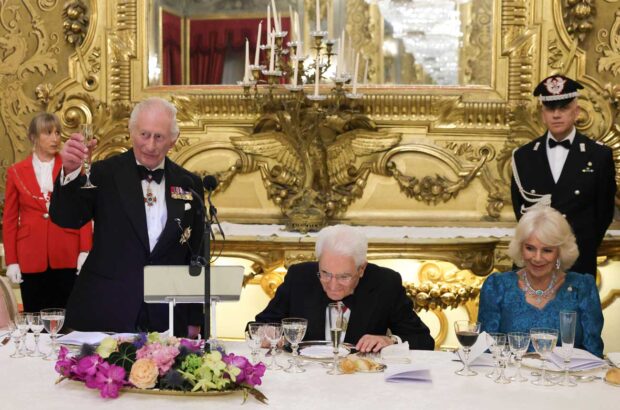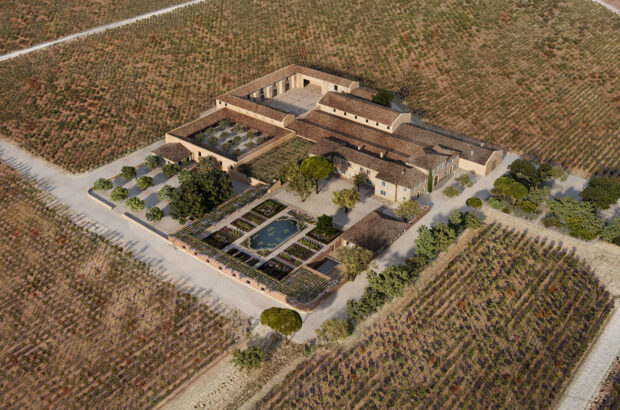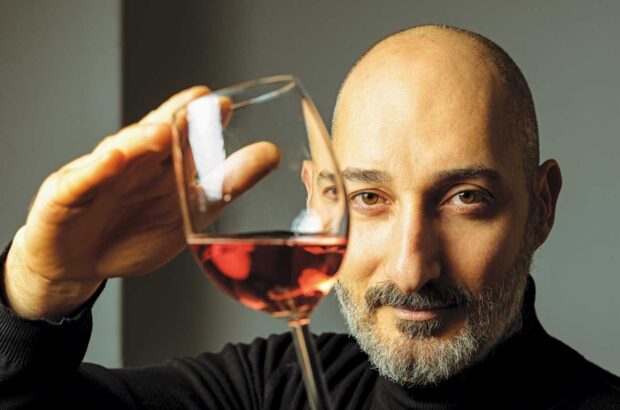Author and wine lover Roald Dahl bought 1,000 cases of 1982 Bordeaux. Since his death in 1990, his widow Felicity – a keen amateur herself – has continued to cultivate the family cellar....
In 1982, Roald Dahl embarked upon a prolific period in his writing career, completing such classic works as The BFG, Matilda, and The Witches, for which he won the Whitbread Children’s Novel Award. Soon after, he married his second wife, Felicity.
Today, 15 years after the legendary author’s death, Liccy Dahl continues to live in the country house which was her husband’s home – in which he wrote all of his much loved books – for 50 years.
The house, in Buckinghamshire, played host to another hive of activity not long after the marriage. Dahl was an insatiable wine buff. He fell in love with Bordeaux, and it was to the 1982 vintage that he made a further betrothal.
Dahl bought an astonishing 1,000 cases of the vintage, persuaded first by the verdict of Robet Parker, and then by Bruno Prats, former owner of second growth Cos d’Estournel – and family friend – who told Dahl it was ‘the best wine he’d ever made’. Convinced, Dahl placed his huge order, had a special chute installed in his cellar, and took delivery of cases of Cos, Mouton Rothschild, Lafleur, Léoville-Las-Cases, Pichon-Longueville, Léoville-Barton, Canon, Angélus and Beauregard. (Dahl named the character Violet Beauregard, of Charlie and the Chocolate Factory, in honour of the latter.)
Although the master storyteller was an impatient ager of wine, several cases of the original haul remains. Recently, however, Liccy Dahl has exchanged a sizeable chunk of the collection for top Burgundy. Some was also sold, to fund the forthcoming Roald Dahl museum, which will itself raise money for the Dahl Foundation, a charity supporting research into child illnesses.
‘It was amazing how much 1982 we still had,’ she says. ‘And consumption here is quite high.’ (Ophelia, Dahl’s granddaughter, is a keen student, while Liccy is also advised by Donald Sturrock, a family friend and artistic director of the Foundation’s music programme.) ‘One of the main reasons we exchanged the 1982s was that we realised we couldn’t drink it at its best. Plus it wasn’t as good as we remembered it being.’
It is likely, of course, that the tastes of those involved have matured since their early days of wine tasting, and that their expectations have been raised. But Sturrock maintains that the 1982s drank well relatively young: ‘I first came here in 1985 and said to Roald, “You shouldn’t be drinking those till at least 1990.” “Oh bugger that,” he replied. “We’re going to try them.”
‘Looking back at the life of the 1982s, they seem to have been at their best much earlier than expected. I imagine Roald would take a lot of pleasure from knowing that.’
Dahl’s first love, according to his widow, was Burgundy. ‘He always used to say that the kings of wine were the Burgundies,’ she recalls. Dahl took his wife on a tour of the region to pay homage to Romanée-Conti, as part of an article he wrote for Esquire, having been invited for the vendange by Madame [Lalou] Bize Leroy. It is to Burgundy that Liccy Dahl has turned in recent years.
https://www.decanter.com/premium/lalou-bize-leroy-burgundys-grande-dame-246673/
‘I did feel a bit like a traitor, swapping all that fine claret,’ she says. ‘But we wanted to get more variety [in the cellar]. And I love Burgundy.’ Hence there is Faiveley’s 1991 Nuits St-Georges, Les St-Georges; Louis Jadot’s 1997 Gevrey-Chambertin, Combe Aux Moines; Domaine Robert Arnoux’s Vosne-Romanée of the same year; and 1996 Puligny-Montrachet from Maison Leroy.
In Chablis, the couple went in search of William Fèvre. ‘We tracked him down, hoeing his allotment, next to his bashed out old 2CV,’ recalls Dahl. ‘Like all great winemakers and gardeners, he was completely charming. He took us back to his cave where we bought as much as we could fit into our car. When we got back to London, Roald had to open it there and then. He was impatient. It. Was. Per-fect. Two years later, it was even better.’
Dahl has also come to discover New World and Italian wines, which were absent from the cellar while her husband was alive. The Montepulciano estate of Sesti is a particular favourite, while Piedmont and Sicily also have a place in the cellar. She also fondly remembers trips to Diamond Creek and Chalk Hill while visiting the Napa Valley.
Though Roald Dahl was an indulgent enthusiast, his writing routine was immensely disciplined. So did he ever drink while working? ‘Never,’ says Liccy. ‘He never drank wine until the evening. His lunch was spartan, and he never drank wine at lunchtime. But he drank every evening without fail.’
It seems the wine did provide some inspiration, though. ‘There is a mystique about good claret, a kind of magic aura that no other wine in the world possesses,’ Dahl once wrote. ‘Mysterious changes take place in the fruit and tannins while the bottle is resting quietly in your cellar. Often the wine will remain closed and aloof for a decade or more, and all the while some secret chemistry is slowly converting
it into a glorious and complex nectar. It is matters such as these that fascinate the lover of claret.’
The Roald Dahl Museum and Story Centre opens in Great Missenden on 11 June. www.roalddahlmuseum.org







